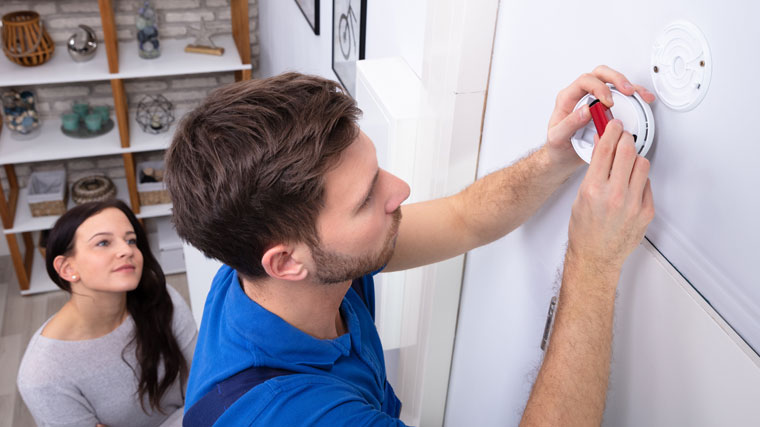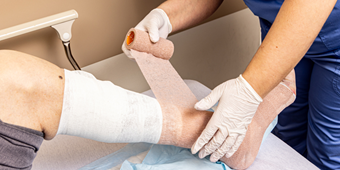Carbon Monoxide Can Be Dangerous Without Much Warning

Find Your Perfect Match
Answer a few questions and we'll provide you with a list of primary care providers that best fit your needs.
Carbon monoxide has long been known as “the silent killer,” but even with warnings, more than 400 American’s die from unintentional carbon monoxide poisoning every year, according to the Centers for Disease Control and Prevention (CDC).
Carbon monoxide is a dangerous gas that is odorless and colorless. It is found in fumes from fuel being burned by vehicles, stoves, lanterns, grills, fireplaces and furnaces.
Indoors, carbon monoxide can build up and will poison people and animals breathing it in.
Though anyone is at risk of carbon monoxide poisoning, the elderly, infants, and people with chronic conditions such as heart disease, breathing problems, or anemia are more likely to be affected by carbon monoxide. In addition to the deaths, carbon monoxide poisoning also accounts for 20,000 emergency room visits and more than 4,000 hospitalizations, according to the CDC.
Symptoms of carbon monoxide poisoning include:
- Chest pain
- Confusion
- Dizziness
- Fatigue
- Headache
- Nausea
- Vomiting
- Weakness
Because these symptoms are similar to symptoms someone could have with other sicknesses, it can sometimes be difficult to recognize carbon monoxide poisoning.
Sleeping and being inebriated also increases a person’s risk of dying from carbon monoxide poisoning because they will not notice symptoms before it’s too late.
Though you can’t see carbon monoxide, you can protect yourself against it. The best defense is to install a battery operated or battery back-up carbon monoxide detector.
The detector should be placed in a central location near the bedrooms so it will wake people up if it alarms overnight. Also make sure the alarm is not covered by furniture or curtains. It’s also recommended to replace your carbon monoxide detector every five years.
If you believe you might have too much carbon monoxide in your home or if your detector goes off, get fresh air as soon as possible. Open the windows and get everyone out of the contaminated area until the issue can be investigated and fixed.
Some additional ways to help prevent carbon monoxide poisoning include:
- Avoid burning charcoal inside
- Do not use gas appliances to heat your home
- Have appliances of concern installed by a qualified professional
- Install appliances following manufacturer’s instructions and local codes
- Never leave a car running in a garage, even with the garage door open
- Only operate portable generators or other gas engine-powered tools outside
Find Your Perfect Match
Answer a few questions and we'll provide you with a list of primary care providers that best fit your needs.
Sources: Centers for Disease Control and Prevention; National Institutes of Health; Consumer Product Safety Commission




